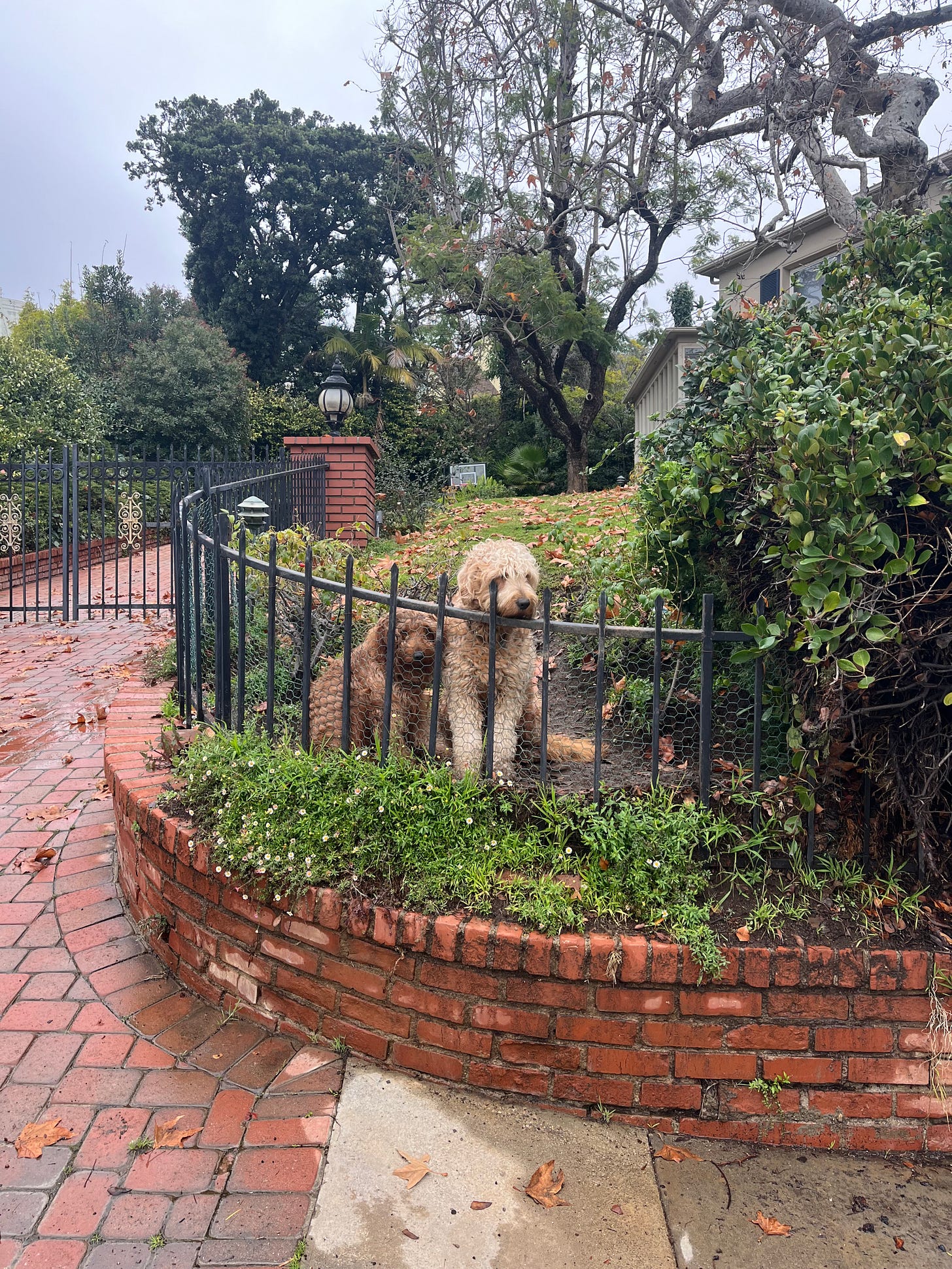Fleetwood Mac allegedly finished Rumours in the early morning after partying all night. Lauren Groff wrote one draft of The Vaster Wilds in iambic pentameter to figure out the rhythm of her novel. And, regularly, on Top Chef, the contestants perform best under the strangest, weirdest conditions. (A cheese competition yielded cheddar dumplings; a cook in the Colorado mountains led to a cake baked directly in the snow under a bed of coals.)
As artists, constraints are our friends. Freedom on the page often feels like a creativity headlock. What should I write? Where should I even start? We are stuck. But give yourself a prompt or a cheese-related rule or, in Fleetwood Mac’s case, a metric ton of coke—and off you go!
(Please note: I’m kidding about the cocaine. I don’t condone cocaine for creativity’s sake.)
My favorite two pieces I’ve ever written started with constraints. The first is a short story I chose to write in the second person. You. You. You. An uncomfortable and somewhat rare perspective to choose. The story is about a woman who goes to Mexico seeking an abortion in a post-Roe world. Using “you” again and again makes the reader complicit in her journey. And, what’s more, it reflects the pointed finger of American politics, the way powerful men tend to damn and accuse women before even hearing their stories.
In other words: “You” is the perfect vehicle for this story—but I never would have known that if I hadn’t made up an arbitrary rule at the beginning.
The second project, a book that rippled out from a short story, began as a prompt I gave myself, a prompt inspired by Jordan Peele's Nope. I loved how the movie braided three (seemingly dissonant) narratives into this beautiful, otherworldly tapestry. So, I made myself pick three unrelated things that interested me, and then I made them play together in one story. That story turned into 70,000 words. Words I’m quite proud of.
The point is that constraints not only make me a better writer, but they make me happy. As Kelly Link wrote recently in an article for Lit Hub:
The times when I’m happiest while writing are those times when I’ve invented a problem or a complication that needs solving. This might be a decision about an approach to character, or the kind of language or tone I’ve decided I want the story to inhabit. It could be deciding on a form, a word count, or a genre (or combination of genres), or a revelation or resolution that I want to hide from the reader as long as possible, while also laying down breadcrumbs that lead up to that moment which, in hindsight, have set up that turn.
This lesson has to be learned again and again in creative work. We think we want the freedom to write whatever we want, but what we actually want is the freedom to give ourselves assignments.
With the project I'm working on now, I'm playing with a genre I'm unfamiliar with and using 3rd person (which I, for some reason, really hate). Who knows if the perspective will change, but for right now, I’m writing. And that’s the whole goal, isn’t it? Words, sentences, paragraphs.
Below, I’ve included a few of Link’s prompts for Lit Hub piece—along with a few of my own. Pick one that interests you and go, go, go.
From Kelly Link
“Two stories, written in tandem, in alternating sentences.”
“A sentence to repeat throughout the story.”
“The story told as plainly as possible.”
From Me
Listen to a podcast episode on a scientific subject you’re interested in. Write a story inspired by a fact you learned.
A story told in Instagram captions.
Write through the eyes of a group of people you don’t understand. Use the third-person plural.
Reading: All the nature books.
Writing: Something new
Watching: The Taste of Things
Eating: Broccoli mac and cheese
Life Lives is written and edited by me, so please excuse the occasional grammatical error or spelling gaffe. My Very Talented Mother, Caitilin McPhillips, designed my logo for me. Thanks, Mom.



